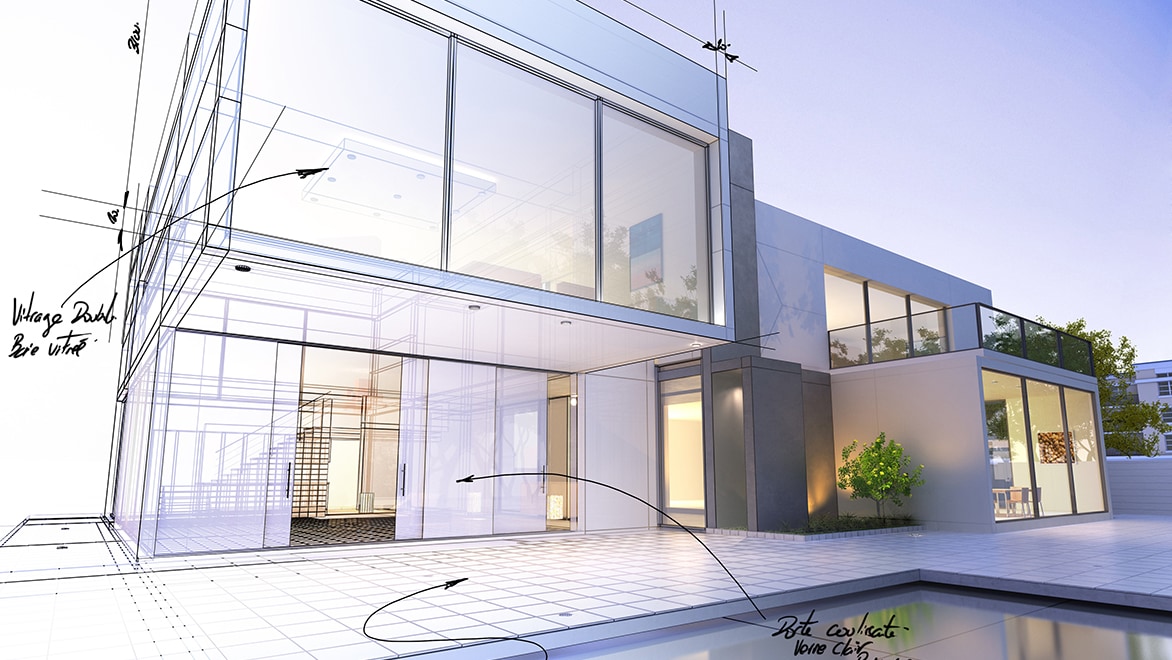The Creative Process Behind Successful Tasks from CDA Architects
The Creative Process Behind Successful Tasks from CDA Architects
Blog Article
The Necessary Duty of a Designer fit Sustainable Urban Atmospheres for Future Generations
The function of an engineer in crafting lasting urban settings is progressively pivotal in reacting to the challenges of environment modification and urbanization. By perfectly incorporating environmental principles right into their styles, architects not just improve the aesthetic and practical high quality of urban rooms however also address pushing concerns such as power performance and social equity.
Understanding Lasting Urban Style
Sustainable urban layout incorporates environmental principles with urban planning to create environments that are not only livable however additionally resistant. This technique stresses the relevance of including natural systems into the city fabric, making certain that advancement fulfills the needs of today without endangering the capability of future generations to fulfill their own requirements. Key aspects of lasting metropolitan design consist of reliable land usage, the promotion of biodiversity, and the assimilation of eco-friendly spaces, all of which add to improved quality of life for citizens.
Additionally, sustainable metropolitan layout focuses on the decrease of the city warmth island effect, improved air high quality, and effective stormwater management. It urges using sustainable sources and energy-efficient structure methods, which significantly reduced carbon impacts. Moreover, sustainable urban style fosters social equity by creating easily accessible public areas and promoting mixed-use developments that accommodate varied populaces.
Via thoughtful planning and ingenious style methods, lasting urban atmospheres can improve neighborhood strength versus environment change while fostering economic development. This all natural strategy not only addresses instant city difficulties but also lays the foundation for healthier, extra lasting cities for generations to find.
Key Obligations of Designers
Designers play an essential duty in shaping lasting metropolitan atmospheres by translating layout principles right into concrete structures and rooms. Their obligations incorporate a large range of activities that contribute to the general success of urban style tasks.
Firstly, engineers conduct extensive website analyses to comprehend the environmental, social, and social context of their projects. This fundamental understanding notifies their style decisions, ensuring that structures integrate with their environments. They additionally engage in joint procedures with stakeholders, including city coordinators, designers, and the community, promoting a comprehensive method to urban development.
In addition, designers are tasked with producing layouts that enhance power efficiency, source conservation, and functionality. They need to follow local zoning laws, constructing codes, and sustainability accreditations, making certain compliance while pressing the limits of development.

Innovative Products and Techniques
In the quest of eco liable style, ingenious materials and methods have emerged as important elements in the development of sustainable city environments. Engineers are significantly making use of products that minimize environmental effect while boosting power effectiveness. Recycled materials, such as recovered wood and repurposed metals, not just minimize waste however additionally include distinct aesthetic top qualities to a knockout post frameworks.
Furthermore, improvements in innovation have brought about the growth of high-performance products, such as insulated concrete forms (ICFs) and photovoltaic or pv glass, which add to energy preservation and harness sustainable energy. Techniques such as easy solar design and eco-friendly roofing systems additionally exhibit how design can balance with natural systems, lowering reliance on man-made heating & cooling.
In addition, the assimilation of wise materials, which adjust to ecological changes, offers encouraging avenues for improving structure performance - cda architects. These products can react to temperature changes or wetness degrees, enhancing convenience and sustainability
Ultimately, the strategic choice and application of cutting-edge materials and strategies encourage architects to produce urban areas that are not just practical and visually pleasing however additionally resilient and ecologically liable, ensuring a sustainable future for generations ahead.
Community Interaction and Cooperation
The success of innovative materials and techniques in sustainable metropolitan style is substantially boosted by active community interaction and cooperation. Architects should acknowledge that the constructed environment exceptionally impacts the lives of neighborhood residents, making it essential to entail them in the design procedure. Involving the area fosters a feeling of ownership and accountability, making sure that developments not just fulfill aesthetic and practical needs yet also mirror the worths and ambitions of those that occupy them.

Successful area interaction additionally aids in prioritizing social equity within metropolitan advancement. By taking into consideration the voices of marginalized populaces, designers can develop rooms that are comprehensive and fair. By doing this, area engagement and cooperation come to be indispensable to attaining absolutely lasting urban environments that serve the demands of present and future generations.
Future Patterns in Sustainable Architecture

In addition, improvements in innovation are shaping future trends in sustainable architecture. The integration of wise products and building systems permits for real-time energy monitoring, boosting efficiency and decreasing carbon footprints. Developments such as environment-friendly roofing systems, living wall surfaces, and energy-generating facades are coming to be common practices, even more promoting ecological equilibrium within metropolitan environments.
In addition, a shift in the direction of biophilic style is getting traction, emphasizing the link between nature and human wellness. By including natural environments, architects develop spaces that foster psychological health and wellness while advertising biodiversity.
Conclusion
In final thought, engineers are crucial in progressing sustainable metropolitan settings with their knowledge in style, cutting-edge materials, and community engagement. By prioritizing power effectiveness and resource conservation, these specialists add to the production of durable city rooms that fulfill the requirements of present and future generations - cda architects. The combination of environmental concepts not only enhances livability however also promotes social equity, ensuring advancements reverberate with the values and aspirations of the communities they serve
Report this page